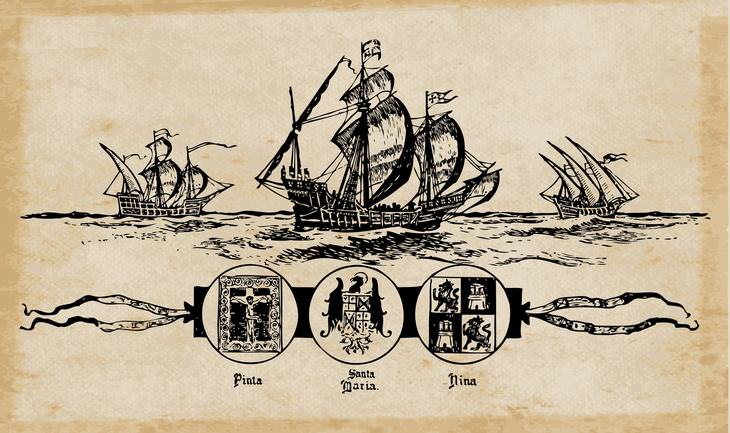
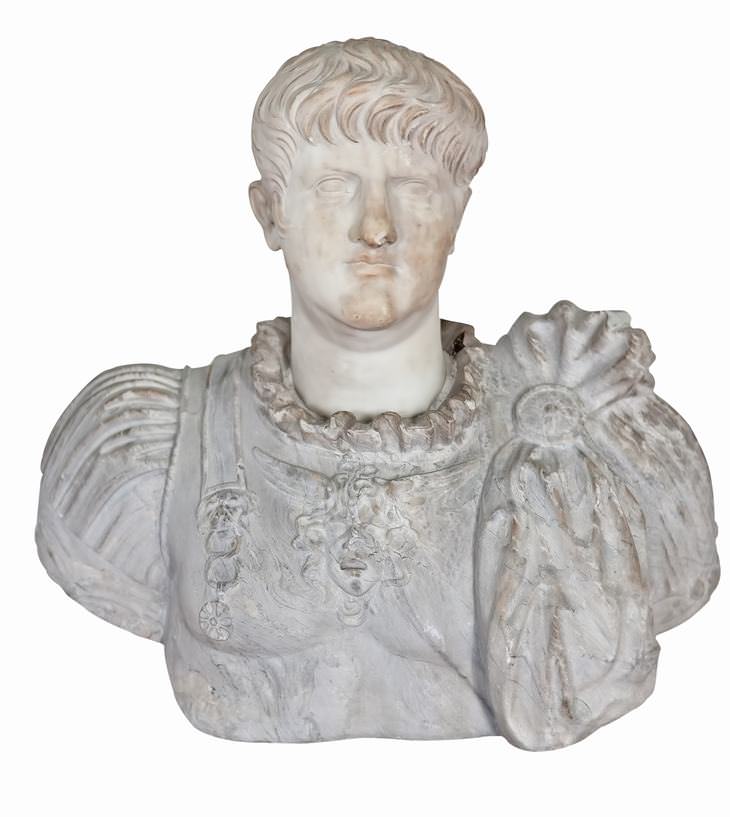
Nero is perhaps known as the first unconcerned bystander. He was Rome's first-century emperor and certainly wasn't blameless in the story of Rome's fiery fall, and he definitely wasn't playing the fiddle throughout the fire. Nero wasn't even in the city when the fire began, he was in Antium, about thirty miles outside of the city. In addition, there was no such thing as a fiddle in ancient Rome. While Nero was a musician - he supposedly liked to play a harp-like instrument called the cithara - he most certainly wasn't playing an instrument that wouldn't appear until the 11th century. If anything, according to a Roman historian, he was singing about the legendary fall of Troy when he learned his city was burning. Still, there were no witness accounts to back this up.
2. Suspected witches weren’t burned at the stake in Salem
Not a single accused witch in the 17th century in Salem suffered a fiery fate. All, but one of the 20 people executed for practicing witchcraft in the colonial Massachusetts town were hanged, while the twentieth victim was crushed to death with heavy rocks. There was no burning - at least not in Salem. The idea that witches were burned most likely stems from witch hysteria that took place in Europe. In the 15th to 18th centuries primarily, anti-witch hysteria raged throughout western Europe and Scandinavia and many of those accused witches were burned at the stake.
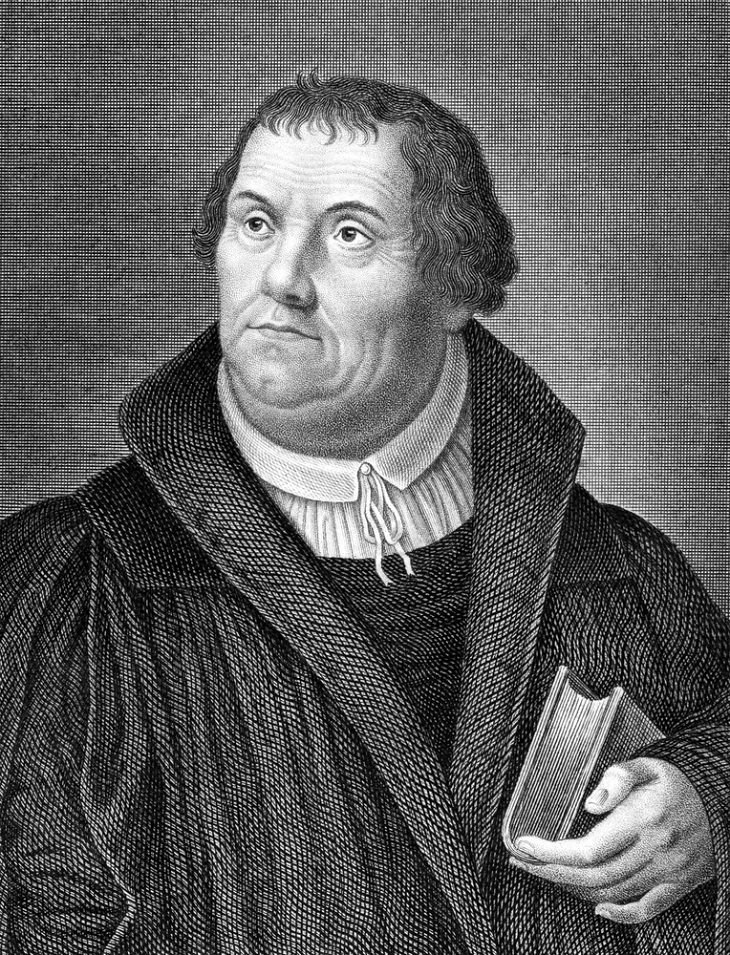
Martin Luther's list of grievances about the Catholic Church has gone down in history as the catalyst for the Protestant Reformation. Though the 95 Theses he nailed were real, and they did have a major impact on people's perception of the Catholic Church, the events did not quite go down as we learned. In fact, there is no historical evidence that Luther posted the theses on the church door. In addition, this story appeared 30 years after 1518 - the year the act was supposed to have taken place. What is known for certain is that Martin Luther very politely mailed his 95 Theses to the archbishop, and he (likely) never intended to start a revolution with the church, he was a devoted Catholic and what he wanted was the clergy to recognize their corruption.
4. Vincent van Gogh didn’t cut off his ear
Well, at least, not all of it. The artist had only severed the bottom part of his left ear, but no one is sure as to why he did it. What is known is that he did suffer from severe depression. There are some historians who claim that he was agitated after a spat with his friend/rival Paul Gaugin. Others claim that it was an act of rage committed after he had learned that his brother, who was a major source of financial and emotional support for him, was engaged. Regardless of the reason, one thing was clear - it definitely wasn't his entire ear. A wonderful film, At Eternity's Gate starring William Dafoe, came out last year (2018) and depicts the struggles of this tormented artist. We warmly recommend it for those who want to learn more about the unique soul of Vincent Van Gogh.
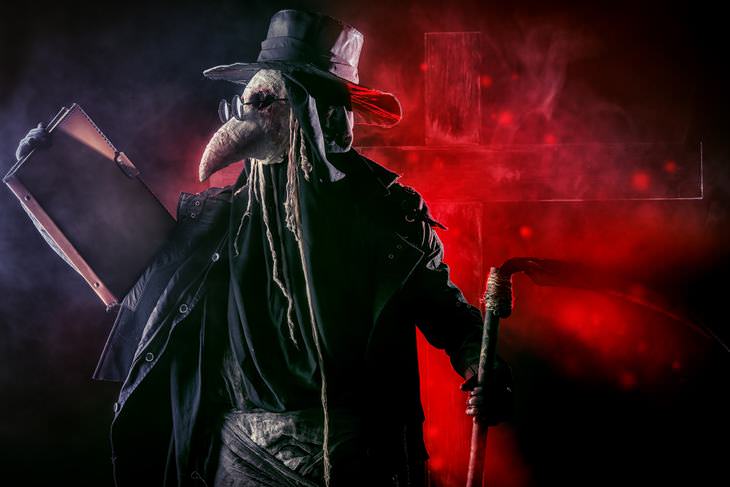
Recent studies have discovered that rats may not be to blame for this devastating plague that wiped out a third of 14th century Europe. According to scientists at the University of Oslo, an experiment that assessed the potential transmission routes for the deadly pandemic discovered that the parasites that carried the disease were more likely to have come from humans than rats. In fact, the model showing the disease spread by human fleas and lice matched the death rates of the actual Black Death more closely than the model involving parasite-carrying rats. Have we been blaming the wrong creatures for these hundreds of years?
6. Ben Franklin did not discover electricity
You've likely heard of Ben Franklin's famed experiment involving a key tied to a kite - but he did not use it to discover electricity. Scientists were already aware of electricity back in 1752, the year of Franklin's experiment. What he sought to discover was whether lightning was a form of electricity - and he was the first to propose that hypothesis. However, it may not even have been Franklin himself who sent the famous kite into the air. In 1752, he had written about the success of the experiment and described how it worked - though he had never actually performed it himself. It wasn't until 15 years later that the scientist Joseph Priestly wrote an account attributing the experiment to Franklin. This does not detract in any way from the incredible achievements of this intellectual titan.
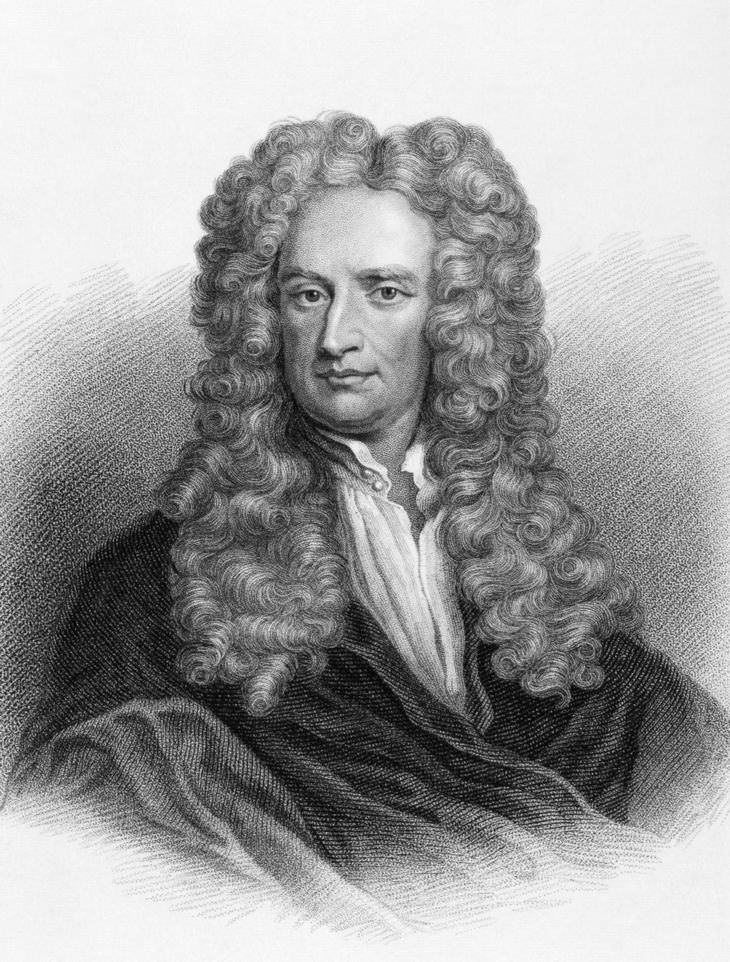
The idea that the famous mathematician had an epiphany about gravity after being hit on the head by a fruit is likely an embellishment. The story had initially appeared in a biography of Newton written by his friend William Stukeley in 1792. It was written: “...the notion of gravitation came into his mind…. occasion’d by the fall of an apple, as he sat in a contemplative mood.” Likely, historians believe that he may well have seen an apple fall, and likely began pondering why it did so. Nowhere in any records does it say it hit him on the head. Then again, it never said it didn't, either.
8. Marie Antoinette did not say “Let them eat cake”
While the French queen may have been spoiled, she never actually made this condescending remark about her impoverished subjects. In fact, there are accounts of spoiled royals suggesting that poor people eat delicacies they can't afford which date back long before Antoinette's rule. There was a German noblewoman who suggested that her subjects eat a sweet bread called Krosem in the 16th century. It is believed that the “Let them eat cake” quote itself—”Qu’ils mangent de la brioche” in French—first appeared in a 1767 autobiographical account by the philosopher Jean-Jacques Rousseau. He attributes the quote simply to 'a great princess'. But seeing how young of a girl Marie Antoinette was at the time, it almost definitely wasn't her.
